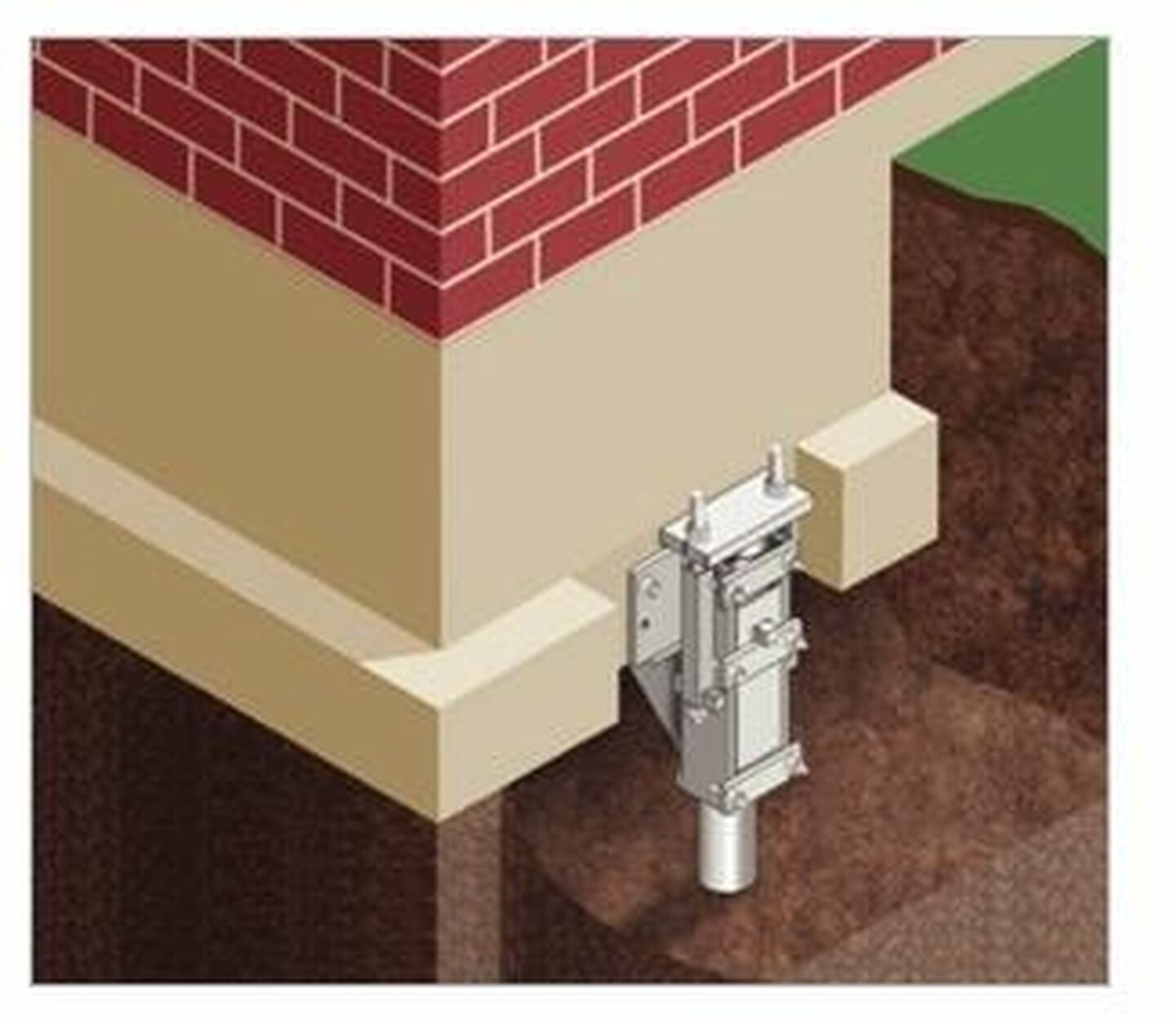How to Do Foundation Underpinning in Chicago

Structural damage to a home’s foundation is serious business.
When a foundation goes bad, everything in the structure above it follows suit – walls crack, windows stick, doors jam, floors go out of level. When the foundation damage is serious, the damage to aboveground structure gets worse, too – chimneys lean away from the home, additions separate from the original structure, smaller building elements, such as fascia and door and window trim, pull away or crack.
Of course, there’s a lot of bad stuff happening underground, too. When a foundation drops, for example, walls can crack, bow, bulge or rotate inward from the top. Floors can crack, too, and go out of level. Of course, as with even minor damage, water will begin to seep into the basement, adding water and mold damage to the picture.
Serious damage like this requires equally serious repair, and the way to repair a foundation in this condition is by a process called underpinning, where the damaged portion of the structure is raised to its original level and support is placed underneath.
As in many fields of home repair, there are different approaches to foundation underpinning in Chicago homes but one method clearly stands out above the rest.
Chicago Foundation Underpinning: Why Steel Push Piers Are Best
There are 3 commonly used methods of foundation underpinning, two of which use concrete to support the home. The more modern and effective method is to use hydraulically driven steel piers. Here’s why steel’s the best:
Drilled Concrete Piers – In this approach, a large diagonal shaft is dug under the foundation and a flaring auger bit is used to widen the bottom of the shaft into a bell shape. Concrete is the poured into the shaft and left to cure, with the flared shape of the finished pier serving to prevent upward movement or “heave.” When the concrete has cured, bottle jacks are placed on top of it to raise the house to its original level.
The problems with this approach are several – it requires major excavation with placement of heavy equipment next to the house. Also, the piers are not deep enough to sit on a load-bearing layer in the earth and the concrete must cure for two weeks before the house can be leveled.
Pressed Concrete Pilings – The pressed concrete piling method uses a hydraulic ram to push individual foot-long concrete cylinders into the earth, one on top of another, until they meet resistance. A concrete cap is then added. Jacks are used to raise the house and additional cylinders and metal shims go on top of the piers to hold the house up.
Because the pilings penetrate only 5 – 7 feet into the ground, additional settling is a strong possibility. Also, cylinders broken during installation can’t be repaired or replaced and the entire system requires annual inspection and adjustment to maintain the level. Homeowner satisfaction is the lowest of all three methods.
Steel Push Piers – With this method, holes are dug at predetermined points along the foundation and a steel bracket is attached to the foundation footing. A hydraulic ram is attached and sections of steel pipe are driven through the bracket into the ground until they reach a load-bearing stratum in the earth. Once all columns have been driven, hydraulics is used to raise the house back to level and the columns are attached permanently to the brackets. The excavations are backfilled, leaving the repair invisible.
The advantages of steel push piers are many – because the pier sits on a load-bearing stratum, no further settlement occurs and there is no maintenance needed. The steel has unlimited lifting capacity and can be used on even the largest homes with significant damage. Installation requires no heavy equipment and, depending on the extent of the damage, can be completed within a few days.
If a Chicago homeowner has suffered a dropped or settled foundation, clearly steel push piers are the repair of choice. He or she will need the services of an experienced foundation repair contractor that takes a technical approach to the problem and who will repair it quickly, permanently and cost-effectively. At U.S. Waterproofing, we apply engineering data to determine the best placement and accurate number of piers to permanently underpin a foundation and we enjoy a long track record of customer satisfaction. Please ask us for a free consultation.




